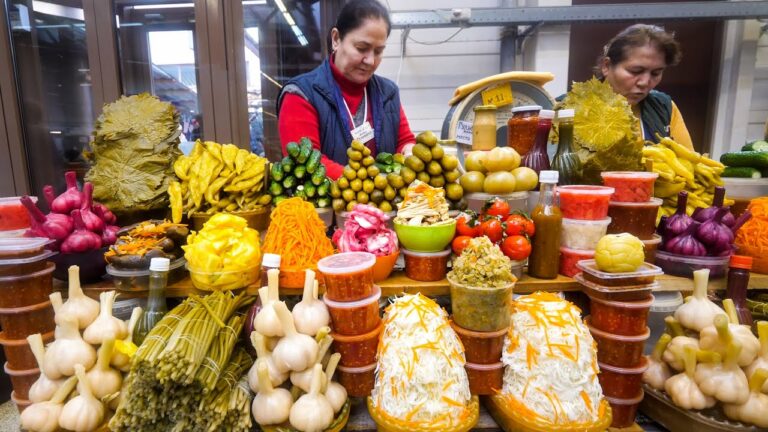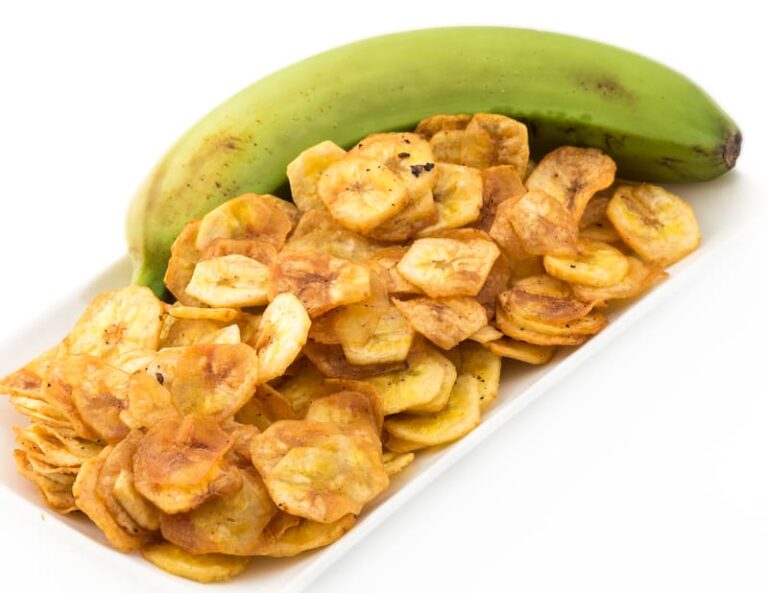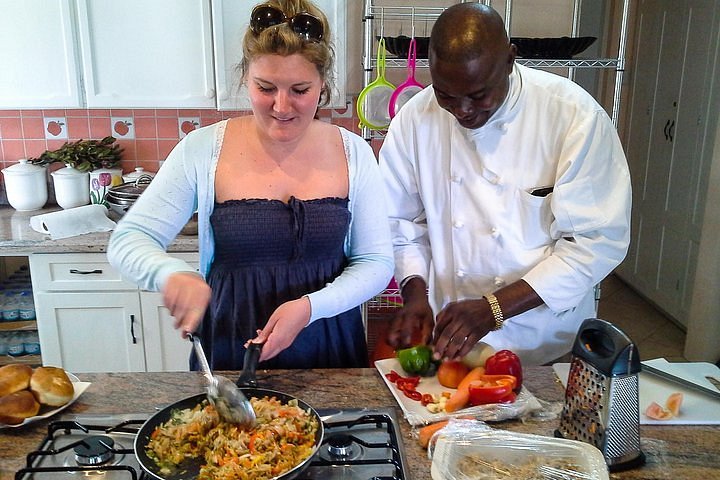Introduction: Exploring Russia’s Street Food Culture
Russia is a country well-known for its rich culture, history, and culinary delights. One of the best ways to experience these elements is by exploring the street food culture in Russia. From traditional dishes to modern innovations, the street food scene in Russia offers a diverse and exciting range of flavors and experiences.
Street food in Russia is often a reflection of the country’s diverse cultural influences. From traditional Russian cuisine to more contemporary and international flavors, there is something for everyone to enjoy. Moreover, the affordable prices and accessibility of street food make it a popular option for both locals and tourists.
Traditional Russian Street Foods: A Tasty Treat
Some of the most popular traditional street foods in Russia include Blini, which are thin pancakes usually served with sour cream, cheese, or caviar. Another classic street food is Pirozhki, which are small baked or fried pies filled with potatoes, meat, or cheese. Moreover, Shashlik, a type of kebab made with marinated meat and vegetables, is also a favorite street food in Russia.
Apart from these, there are several other traditional Russian street foods that are worth trying. For example, Pelmeni, a type of dumpling filled with meat, fish, or vegetables, and served with a side of sour cream or butter. Another popular dish is Borscht, a soup made with beets, meat, and vegetables, and served with a dollop of sour cream.
Moscow’s Bustling Street Food Markets
Moscow is home to some of the best street food markets in Russia, including Danilovsky Market, a popular spot for foodies and locals alike. The market offers a range of cuisine, including traditional Russian dishes and international flavors. Similarly, Gorky Park’s street food market is another popular hangout spot in Moscow, offering a range of dishes and cuisines in a lively and vibrant setting.
Apart from these, Moscow’s streets are filled with small food stalls and vendors, offering everything from traditional Russian snacks to international street food favorites.
St. Petersburg’s Best Street Food Spots
St. Petersburg is another city in Russia known for its vibrant street food scene. The city’s most popular street food spot is probably the Kuznechny Market, which offers a range of traditional Russian snacks and dishes. The market is especially popular for its Blini, and Pelmeni stalls.
Other popular street food spots include the New Holland Island Market, which is known for its variety of international cuisine. Similarly, the street food stalls near the Church of the Savior on Spilled Blood are also worth checking out.
Regional Street Foods To Try Across Russia
Russia is a vast country with diverse food cultures and regional specialties. From the Black Sea region to Siberia, there are several regional street foods that are worth trying. For example, Chak-Chak, a Tatar dessert made with honey and flour, is a must-try in Tatarstan. Similarly, Khinkali, a Georgian dumpling filled with meat or cheese, is a popular street food in Moscow.
Apart from these, there are several other regional street foods worth exploring, including the spicy Chebureki from the North Caucasus region and the Ukha fish soup from the Far East region.
The Future of Street Food in Russia: Trends and Innovations
As the street food scene in Russia continues to grow, there are several trends and innovations that are emerging. For example, the rise of food trucks and mobile food stalls is becoming increasingly popular in Russia’s major cities. Moreover, the use of social media platforms such as Instagram and Facebook is also helping street food vendors to connect with their customers and promote their products.
Similarly, the use of local and seasonal ingredients is becoming more prevalent in Russia’s street food scene. This trend is not only promoting sustainable and healthy eating habits but is also helping to preserve traditional Russian food cultures.
In conclusion, the street food scene in Russia offers a diverse range of flavors and experiences that are worth exploring. From traditional Russian dishes to international cuisine, there is something for everyone to enjoy. As the street food culture continues to grow and evolve, there are several exciting trends and innovations to look out for in the future.










